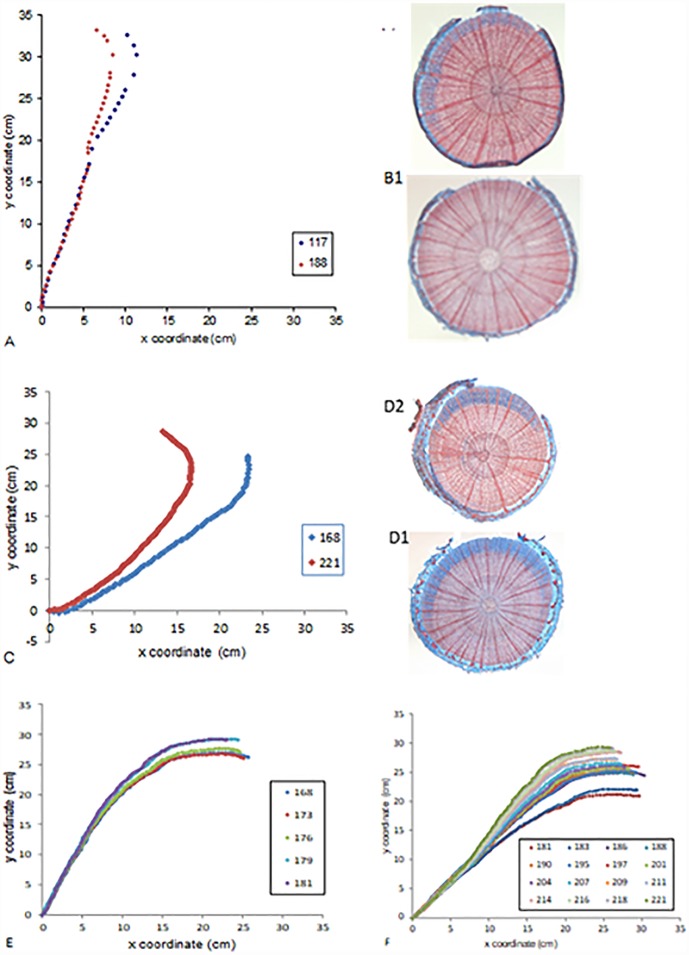Fig 6. Shapes of beech trees just after tilting and at equilibrium, in an isotropic light environment.
A: Pots were tilted 20° from the vertical. No movement could be detected except at the top of the stem (annual shoot), which was tilted more than 20°. B: Photos of anatomical double-stained transversal sections of the stem: B1: Section cut between 0 and 10 cm from the stem base: no reaction wood can be detected; B2: Section cut in the upper part of the stem below the annual shoot: a sector of reaction wood can be detected (crescent stained blue). C: Pots were titled 45° from the vertical. Tree exhibited a visible upward movement. D: Photo of anatomical double-stained transversal sections of the stem. D1: Section cut between 0 and 10 cm from the stem base: a sector of reaction wood can be detected. D2: Section cut in the upper part of the stem below the annual shoot: a sector of reaction wood can be detected. E: Pot was tilted 20° from the vertical for two weeks. The shapes of the stem during the two weeks of tilting are represented; dates are indicated on the graph (Julian days). Almost no movement can be detected. F: The tree was first tilting 20° from the vertical (shown on E) and then the tilting was increased to 45°. Stem shapes until gravitropic equilibrium are presented at the different dates indicated on the graph. The stem uprighted itself.

